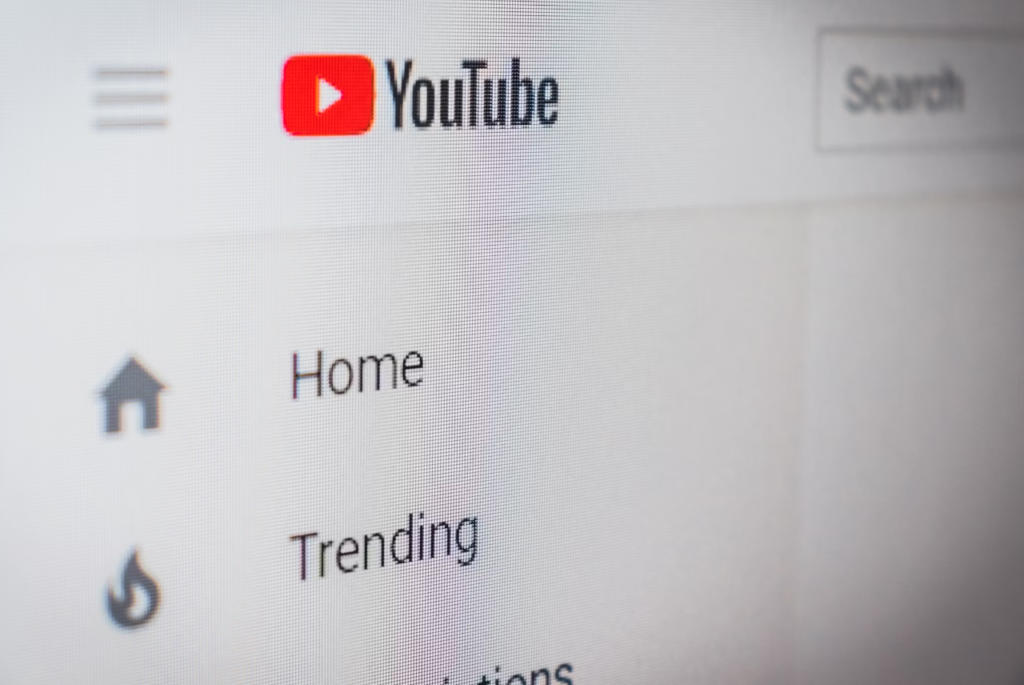YouTube is best known for being the largest online video platform, yet it is widely used to learn and understand information. However, key factors like a video’s listing appearance or search term can impact a video’s credibility and usefulness. Individuals can learn to research through YouTube by understanding the site’s features and more.
What teaches individuals to trust a video as research on YouTube? Continue reading to learn more.
Content & Background
A video’s presentation, such as thumbnail, channel, comments, and past content, can determine its information reliability and educational intent. Tufts University, a private Massachusetts research university, recommends “additional research on the content creator’s background to discover their qualifications and perspective.” The channel profile and reputation is a recommended starting point and can help build confidence in its provided content.
YouTube offers several features to keep an audience engaged, but also notably provides short-form content. For instance, features like “chapters” indicate to the viewers what topic is covered between dedicated timestamps. In addition, anecdotal comments from like-minded users can help reinforce a channel’s goodwill. Likewise, a channel or video may be recommended, but the search bar also pushes a video’s reach to users.
YouTube Search Bar
The YouTube search algorithm prioritizes engagement and search terms but can help filter out faulty or untrustworthy content. VidIQ, a YouTube analytic and channel growth website, reveals that a YouTube search is “based on user behavior, keywords, engagement metrics and relevancy.” Users can tinker with their search terms and search through other platforms, such as Google, to find relevant videos. Popular and consistent channels are typically featured in users’ feeds and search results, so news organizations and independent creators should be considered when researching.

News Channels
Information and how its presented contents indicates how logical and objective it truly is, especially with the host or channel. Recently, news organizations have been known for misinformation, so users should cross reference a channel and their information. Pew Research Center, a nonpartisan American trend think tank, states that “57% of Americans expect social media based news to be largely inaccurate.”
Additionally, the 2018 study notes that Americans are most concerned with “inaccuracy, outstripping concerns about political bias and the bad behavior of others.” Users can dictate if a source is reputable depending on the display of information being swayed to promote negativity or understanding current events. YouTube research can be an educational process, but it has several limitations.
Practicing Research
YouTube is the biggest video platform on the internet, and research on the platform can have its advantages and disadvantages. Ultimately, users should cross reference and research a channel’s previous content and background to build their trust in the source. However, users can build their research skills and learn to identify legitimate research sources.
For more about business and other skills, visit the rest of FerryGodmother.biz.

